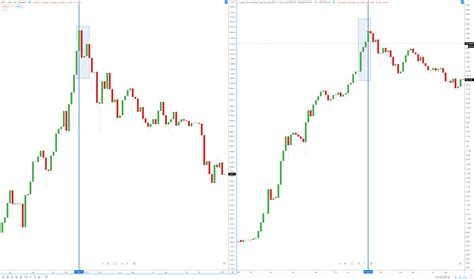Title: Understanding Cryptocurrency Market Dynamics: A Guide to Cryptocurrencies, Altcoins, Market Orders, and Technical Analysis
Introduction
The world of cryptocurrency has seen rapid growth and volatility in recent years, and the market continues to evolve at an unprecedented pace. As a newcomer to the cryptocurrency space, it’s important to understand the basics of how it works, including altcoins, market orders, technical pricing, and more. In this article, we’ll dive deeper into these key concepts and provide tips on how to navigate the complex cryptocurrency trading landscape.
What is cryptocurrency?
A cryptocurrency is a digital or virtual currency that uses cryptography to secure financial transactions. It is decentralized, meaning it is not controlled by any government or institution, and can be transferred electronically. The most well-known example of a cryptocurrency is Bitcoin (BTC), but there are countless others like Ethereum (ETH), Litecoin (LTC), and many others.
Altcoin: A Quick Look
Altcoins are alternative cryptocurrencies that compete with Bitcoin for market share. They often offer unique features such as increased scalability, security, or usability. Some popular altcoins include:
- Ethereum (ETH): The largest and most widely used altcoin, known for its smart contract functionality.
- Ripple (XRP): A fast and cheap cryptocurrency that is gaining popularity in the XRP community.
- Litecoin (LTC): A lightweight alternative to Bitcoin with faster transaction processing times.
Market Orders vs. Limit Orders
When it comes to buying or selling cryptocurrencies, market orders are typically used for trading. Market orders are executed immediately, without specifying a specific price or quantity. This is the most common way to enter and exit trades in the cryptocurrency market.
Limit orders
, on the other hand, specify a specific price at which the order can be executed. They allow traders to set their desired entry and exit points, ensuring they get the best possible price for their investment.
To illustrate this difference:
*A market order can buy 100 BTC for $10,000.
*A limit order is “buy 100 BTC for $9,500 or more” to secure a good price.
Technical Valuation: A Key Indicator
Technical valuation is the process of analyzing a cryptocurrency’s price charts and patterns to determine potential value. Traders use a variety of tools and indicators, such as:
- Relative Strength Index (RSI): Measures momentum by comparing recent gains and losses.
- Bollinger Bands

: Examines volatility and trend direction.
- Moving Averages: Calculates the average price over a period of time.
Some popular technical pricing methods include:
- Golden Cross: RSI reaches 30, indicating an oversold condition and a potential buying opportunity.
- Death Cross: RSI falls below 30, signaling bearish momentum and a selling opportunity.
How to Use Technical Pricing in Cryptocurrency Trading
To harness the power of technical pricing in your cryptocurrency trading strategy:
- Familiarize yourself with various indicators and chart patterns.
- Set up charts and graphs on your preferred platform or broker.
- Analyze past performance, trends, and market conditions.
- Identify potential buying or selling opportunities based on technical indicators.
- Monitor price action and adjust your strategy accordingly.
Application
Trading crypto involves a complex interplay of factors, including altcoins, market orders, technical pricing, and more. By understanding these concepts, you can gain deeper insight into the dynamics of the cryptocurrency market and develop a solid trading strategy.

